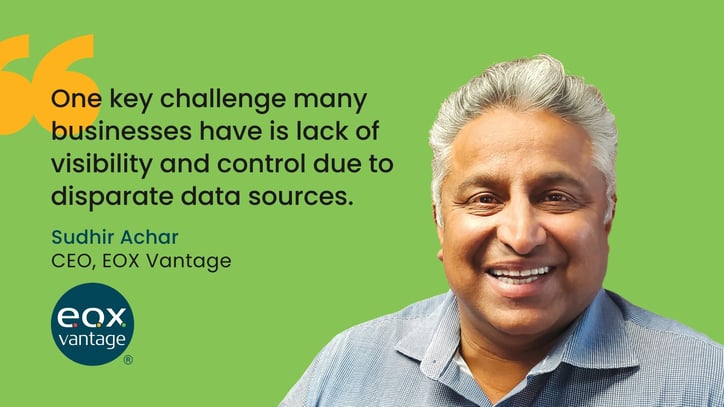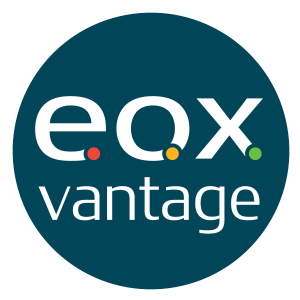Technology is supposed to make everything easier, but that’s not always the case. Across all industries, multiple systems are put in place to solve business challenges.
Article published in Smart Business Cleveland | August 2019 issue | Author: Jayne Gest
While each department may have visibility and control, that information remains locked within
the department. C-suite executives must go to several places, whether it’s software applications or Excel spreadsheets, to access companywide data. And in even the smallest companies, departments can
become siloed. When departments run various technologies, they cannot always access each other’s systems, which generates different metrics, different data and different outputs. Your employees may be spending valuable time compiling reports, which are already outdated when they reach the executive level. However, these obstacles can be overcome. You can navigate your enterprise more efficiently and easily share information with the right enterprise operating system. Smart Business spoke with Sudhir Achar, CEO and co-founder at EOX Vantage, about utilizing technology for better visibility and control.

When executives are isolated from data, what problems does this create?
Companies often prescribe for symptoms and don’t get to the root of the problems. Department heads or managers know what’s going on, but top executives don’t have a quick, universal way to review data from one place; this slows decision-making and may keep them from taking the right action. Also, when departments are on different platforms and the applications don’t talk to each other, a problem might arise between them that needs to be escalated. If a CEO can’t understand what’s going on, how is he or she supposed to help resolve the issue?
How can technology help?
Even before you look at technology, start with discipline. People have different personality traits and methods, but there should be some standardization that leads to procedure. Once a standard operating procedure (SOP) is in place, it’s easier to draw out the common connections from each application and put that information together into actionable dashboards through an enterprise operating system. This overarching software should be updated in real-time where problems are easy to see, whether that’s at the top of the page and/or using colors, like a traffic light’s red, yellow and green, to show the company’s health and give executives the ability to dive deeper into problem areas.
Eventually, you can automate some SOPs and add triggers, so if something happens — good or bad — an automated notification goes to the staff who need to know. Some examples include alerts before sales misses a goal or a department falls out of compliance, as well as notifications when someone hits an incentive-based threshold.
An enterprise operating system can also help track trends, like daily output. If employees are high or low, does the workload need to be rebalanced?
What else is important to understand when adding this kind of technology?
Start by mapping and auditing what you have. How many systems are you using? Do you need them all? Can you consolidate systems to make the data clearer?
You and your team can talk through the pain points and inventory of processes to see what can be automated. What can be done to make it easier with the current resources, as well as additional resources? Can technology help eliminate processes so people are focused on more high-value tasks, such as sales or customer interaction, rather than repetitive processes, like creating reports?
Next, research enterprise operating systems to find one that fits your organization. The company that develops
the system should have an implementation team who can help tailor the software so that it works for your operations. Keep in mind what’s financially viable and whether the enterprise operating system offers anything to subset a system you currently pay for. Also, look at whether the technology can scale up in a viable way. Are additional features based on the number of users or added straight to the software?
Finally, the technology should be easy to use and streamlined, which will increase employee buy-in and help executives organize and manage the business.


